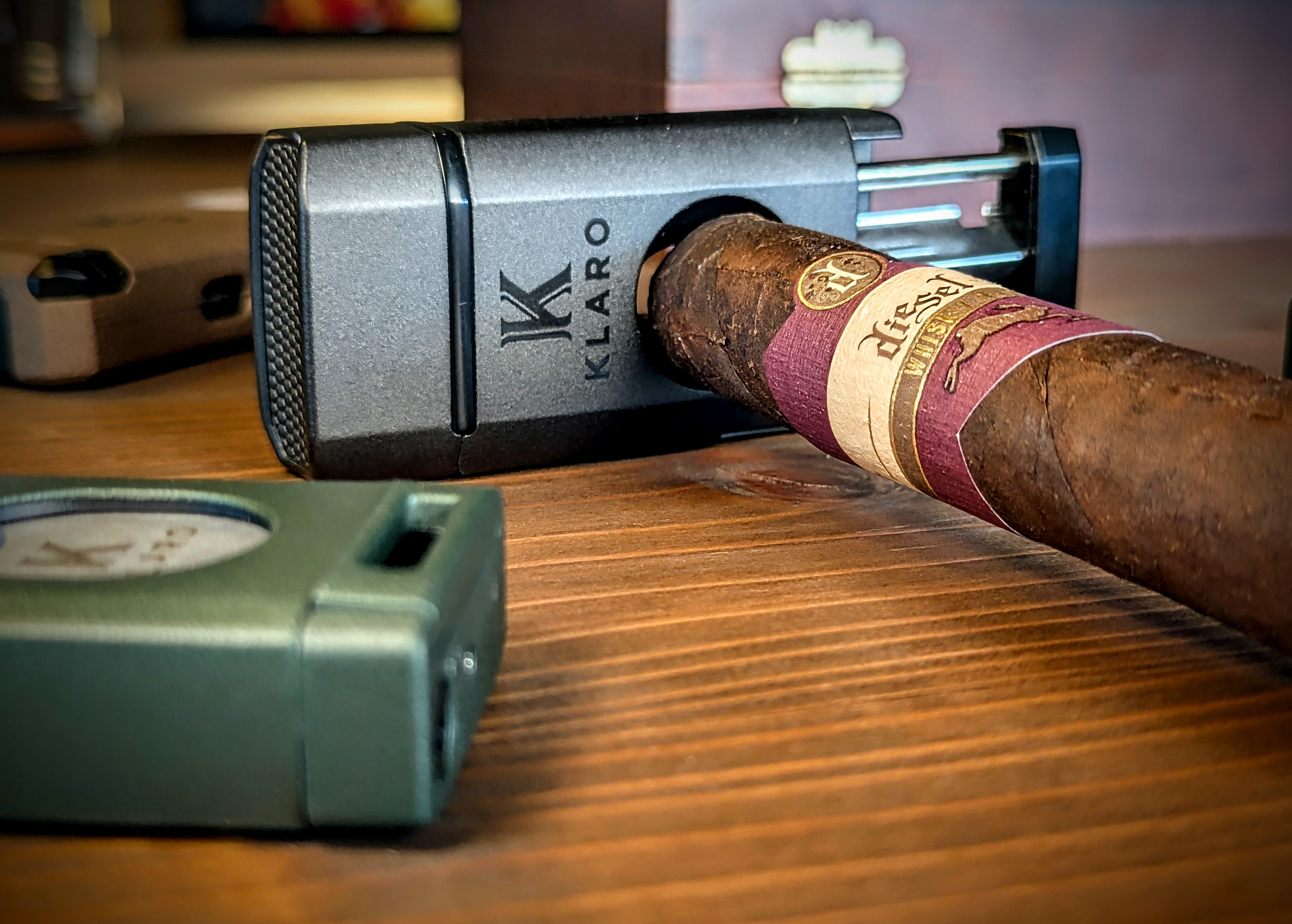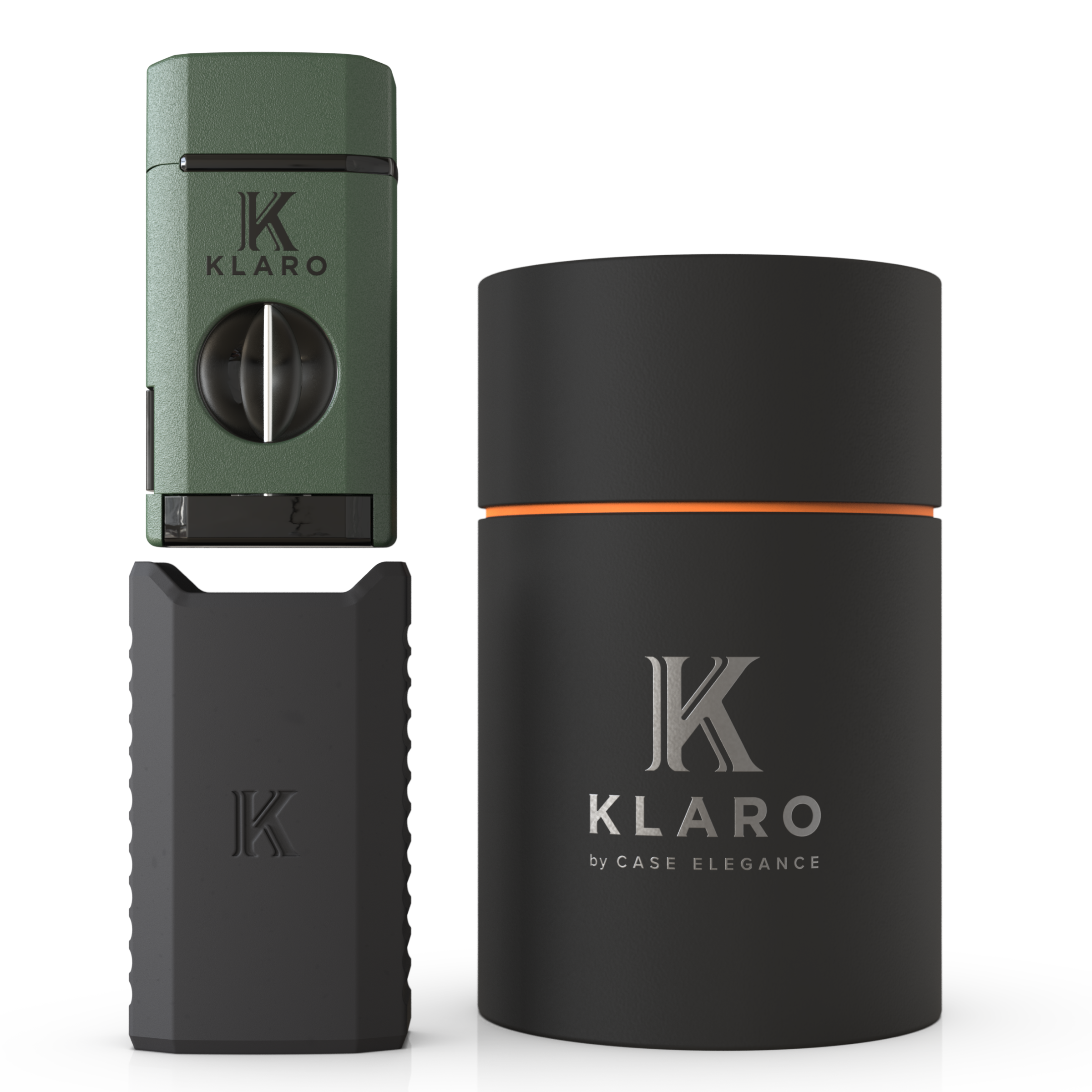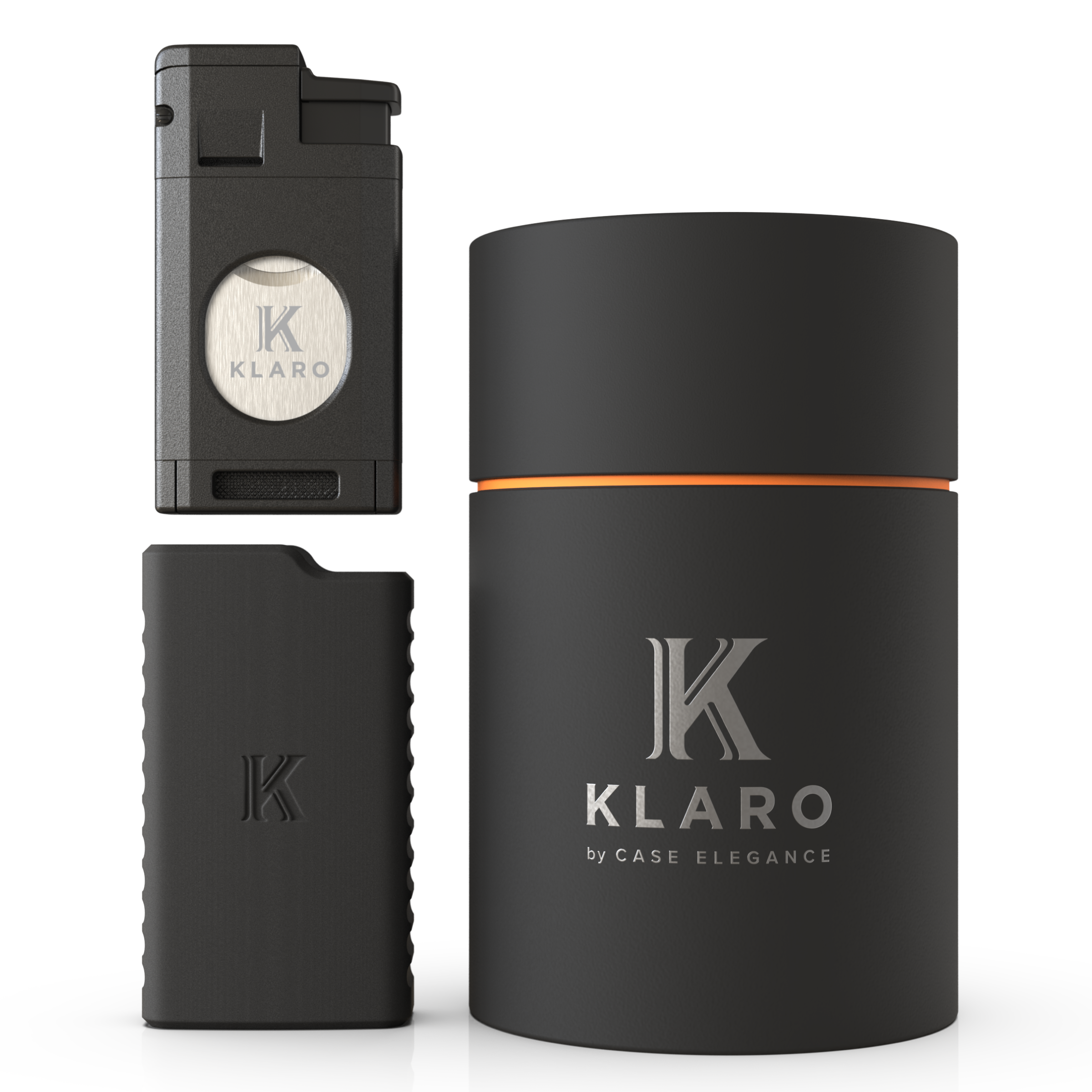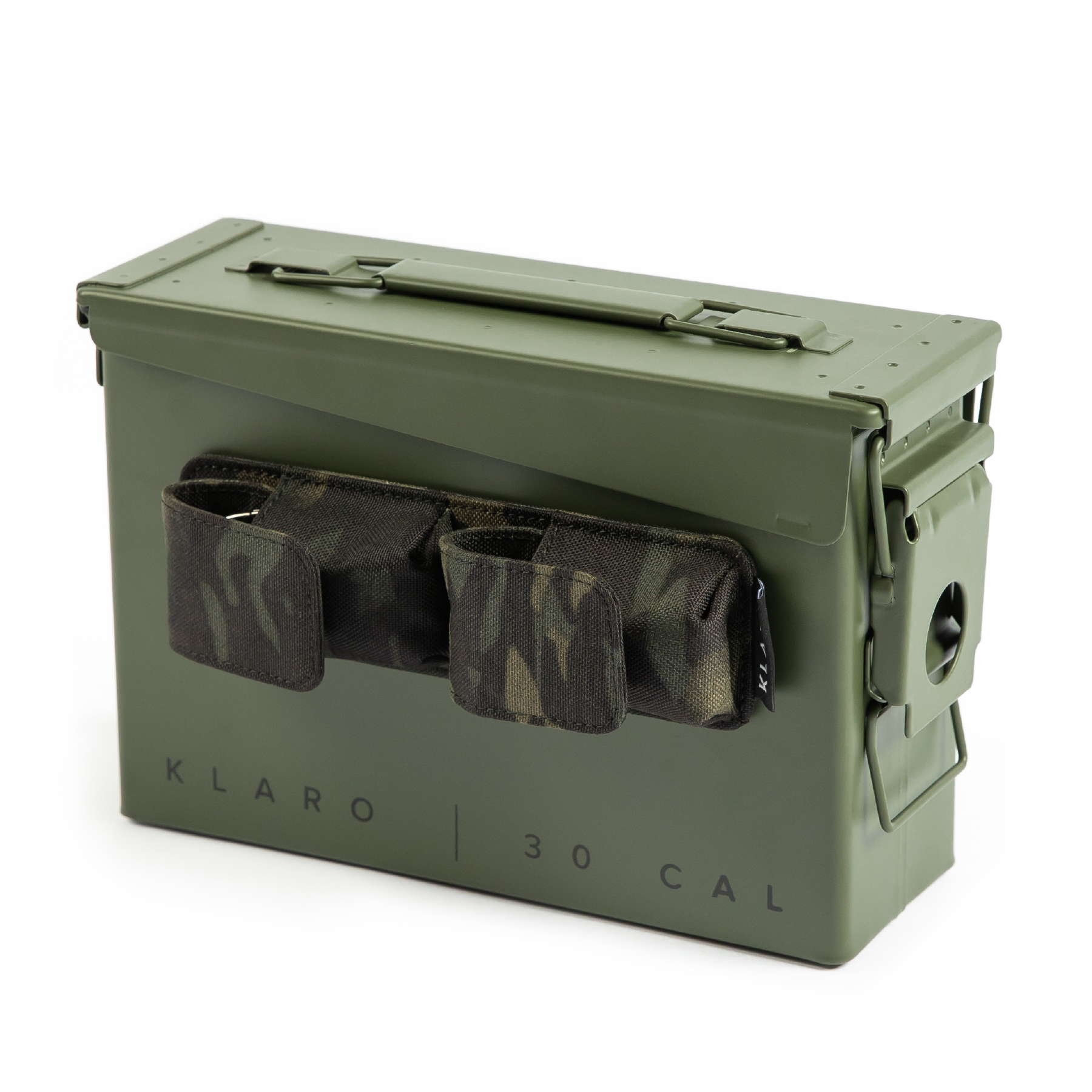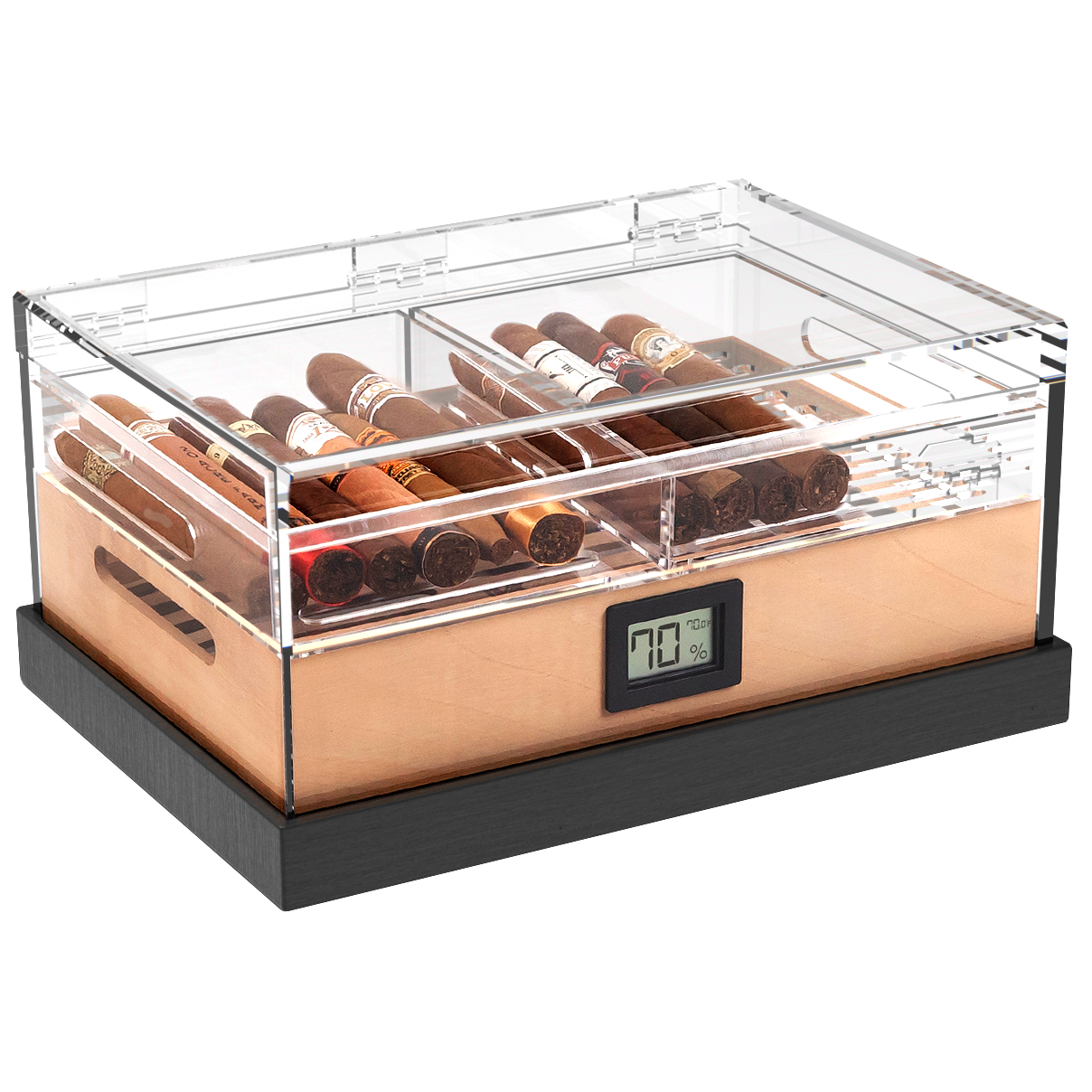For fans of premium tobacco, a kaleidoscope of cigar wrapper colors, shapes, and sizes (aka vitolas), strengths, and cigar flavor profile options are just a quick puff away.
However, properly storing and aging a premium cigar blend in a calibrated humidor requires a certain level of consideration. One aspect of cigar storage that gets overlooked all too often is the packaging portion of the puzzle, which in certain circumstances can affect the quality of the cigars stored inside.
Interestingly, the packaging options for premium cigar blends are not very diverse, with a core three options being the norm: Cellophane-wrapped, tubed (aka tubos), and completely unprotected.
Sure, you may see paper wrapping around certain cigars, or spent tobacco around others. But these stogie additions are increasingly rare in biz, and therefore really aren't worth discussing in too much detail beyond the fact that they look neat and may protect the outer wrapper leaf of the cigar.
So which of the three primary cigar packaging methods is best? Or does each offer its own perks and pitfalls? Well, fellow intrepid cigar-smoking sidekick, today is your day to find out why the cigar humidor dress code may or may not matter so much, and what you might want to look out for when selecting a stogie.
Cellophane Wrapped Cigars

There’s no denying the significance that cellophane plays in our daily lives. After over a century of use, this transparent, ultra-thin barrier is one of the most widely utilized single-use products on the planet, including the encapsulation of cigars.
Traditionally formed from plant cellulose, cigar cellophane tubes are actually a naturally derived product, and can either be made to size at a cigar factory, or outsourced from a supplier. Cellophane not only shields a cigar wrapper from damage during packaging and handling, but it also serves as a form of humidity barrier, which in certain cases can slow the drying process.
This transparent product allows moisture to enter slowly, thus giving cellophane-wrapped cigars the ability to gradually absorb an adequate amount of moisture during prolonged humidor storage. However, excessive humidity can cause condensation to form within cellophane sleeves, so bear this in mind if you plan on placing a cigar near the Hydro Tray or Hydro Channel in your Klaro humidor.
Tobacco Nerd Note: Planning to place some stogies in your humidor travel case and hit the highway? A cellophane shield will help prevent that cigar wrapper from getting damaged when the going gets bumpy. However, if you don't plan on going anywhere anytime soon with a specific stick, go ahead and remove the cellophane if you would like, as it will help keep over-humidification from occurring during long-term cigar aging.
Tubos & Coffins

Cigar tubes, or tubos, as they are commonly referred to in the cigar biz, are one of the original and best forms of cigar preservation. But these cylindrical designs, and their square-bodied, sliding-door coffin counterparts come with their own unique caveats as well.
Commonly constructed from aluminum (and occasionally out of plastic or glass), cigar tubos prevent a broad array of blunt impact-oriented damage and cigar wrapper scuffing from occurring. The same is true for cigar coffins, which are typically constructed from wood. But there’s way more to these stogie capsules than just structural integrity and appearances, with the downsides being a bit... annoying.
Stogie Security
May it be constructed from glass, plastic, aluminum, wood, or the hollowed-out femur of a sworn enemy, cigar tubos and coffins keep sticky fingers and airborne contaminants alike the hell away from our precious tobacco.
Like a nefarious uncle testifying in front of the court during his third divorce hearing, cigar wrappers are notorious for cracking under pressure. That is why this sort of cigar shield serves as such a great buffer against the unexpected accidents that occur all too often in the cigar world.
Cylindrical Billboards
From a marketing standpoint, cigar tubes and coffins provide an outstanding promotional platform for tobacco products. Not only does a snazzy tubos attract the eye due to its standout physical presence, but it also serves as a brilliantly hued billboard.
You name the color, pattern, marketing jargon, or instantly recognizable cigar band, and there’s a promotional department implementing it into a premium cigar blend tubos marketing campaign somewhere.
Naturally, this has led to a large number of tubos cigar smokers matching their outfits for the evening to whatever cigar they plan on sparking. In contrast, and we mean that quite literally, a cigar tube poking from a breast pocket makes for a very sharp accent piece, not much unlike a pocket square or a lapel pin.
Present Protection
There’s no worse feeling than handing someone a premium cigar blend, only to realize that the smoke you are passing to them has a fat crack running down its wrapper.
Tubos make gifting safe, easy, and pretty damn appealing thanks to their attractive appearances. There’s no need for gift wrap when a cigar is stuffed inside a protective tube either, so bear that in mind next time you are shopping around for a present.
Known Cigar Tubos & Coffin Concerns
Despite retaining a certain level of humidity when properly capped, tubed cigars do tend to dry out over time if not exposed to a humidor’s muggy confines. If left outside of a humidor box, you might have a week or two in the dry of winter before a tubed cigar will begin to turn. Even a tightly sealed tubo cigar will become brittle quite quickly in an ultra-arid environment, so keep those temps in mind if you plan on traveling with your smokes.
Tubos cigars also tend to age at a different rate than if exposed to the elements within a humidor. Depending upon what you are looking to enjoy in said cigar, this could either help or hinder your mission. That is why we strongly suggest removing the cap, sliding open the tubos, or cracking that coffin open prior to placing a cigar in a humidor.
Tobacco Nerd Note: While by no means a mandatory measure, the act of stuffing a sheet of Spanish cedar inside a cigar tube so that can double as a form of lighting a cigar is quite common. Commonly utilized as a humidor interior material, Spanish cedar not only serves as the perfect buffer between the cigar wrapper and a tube or coffin wall, but it also imparts a pleasant aromatic note upon the cigar itself. To learn how to utilize a sheet of Spanish cedar as a spill for lighting a cigar, be sure to check out our article on the art of using cedar spills as ignition devices.
Stark Naked Cigars

Last but not least, there’s the nudist in the family. And no, we’re not still talking about your uncle and the contents of his scandalous court hearings.
May it be the foot, cap, barrel, shoulder, or somewhere in between, unprotected cigars are forever the first to get damaged. So handle them with the utmost care whenever you are selecting, rotating, or transporting these "all-natural" premium tobacco products.
However, despite their inherent weaknesses, stark naked cigars also tend to respond the best to fluctuations in humidity and hold up the best when it comes to long-term humidor storage. Unprotected smokes are also far easier to assess than cellophane-wrapped and tubos or coffin enclosed cigars, so keep that in mind if you plan on meticulously monitoring a particular stick in that snazzy new Case Elegance humidor of yours.
Parting Puffs

At the end of the day, it doesn’t matter too much whether or not a cigar receives some cellophane wrapping, a fancy tube, an ornate coffin, or a lengthy amount of time lounging about in the buff. As long as that premium cigar blend remains properly humidified and does not come into contact with extreme levels of heat or cold, you should be golden.
All that being said, we do strongly recommend picking up a humidor travel case of some sort if cigar-smoking sessions away from the backyard become a common occurrence. Another option is throwing a handful of sticks into a cigar pocket protector case. This will bring a more streamlined layer of stogie security to the smoking scenario and should allow anything outside of a cigar coffin to be stuffed inside.




